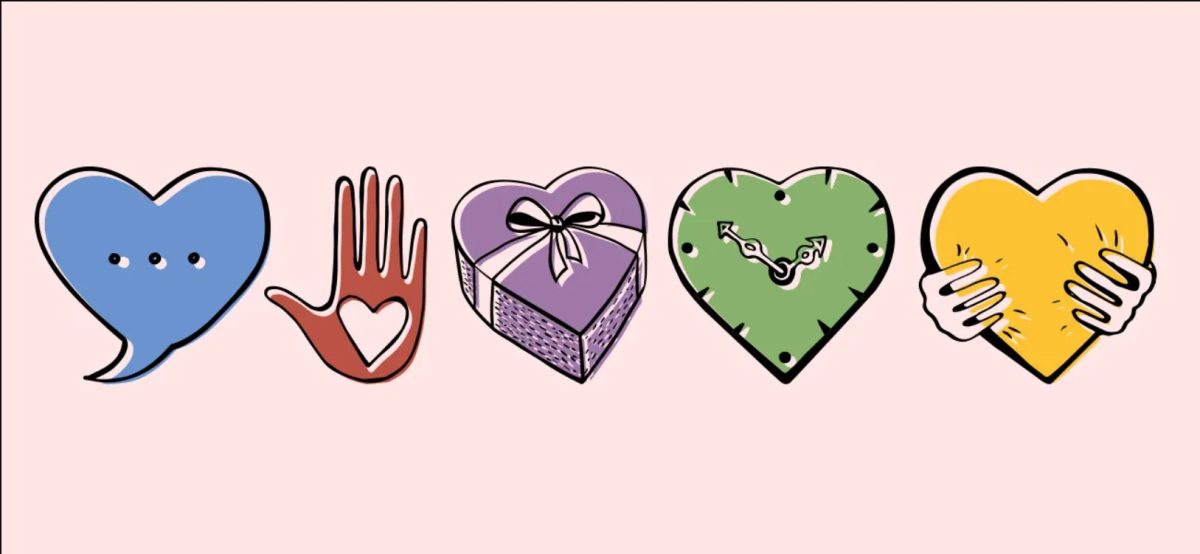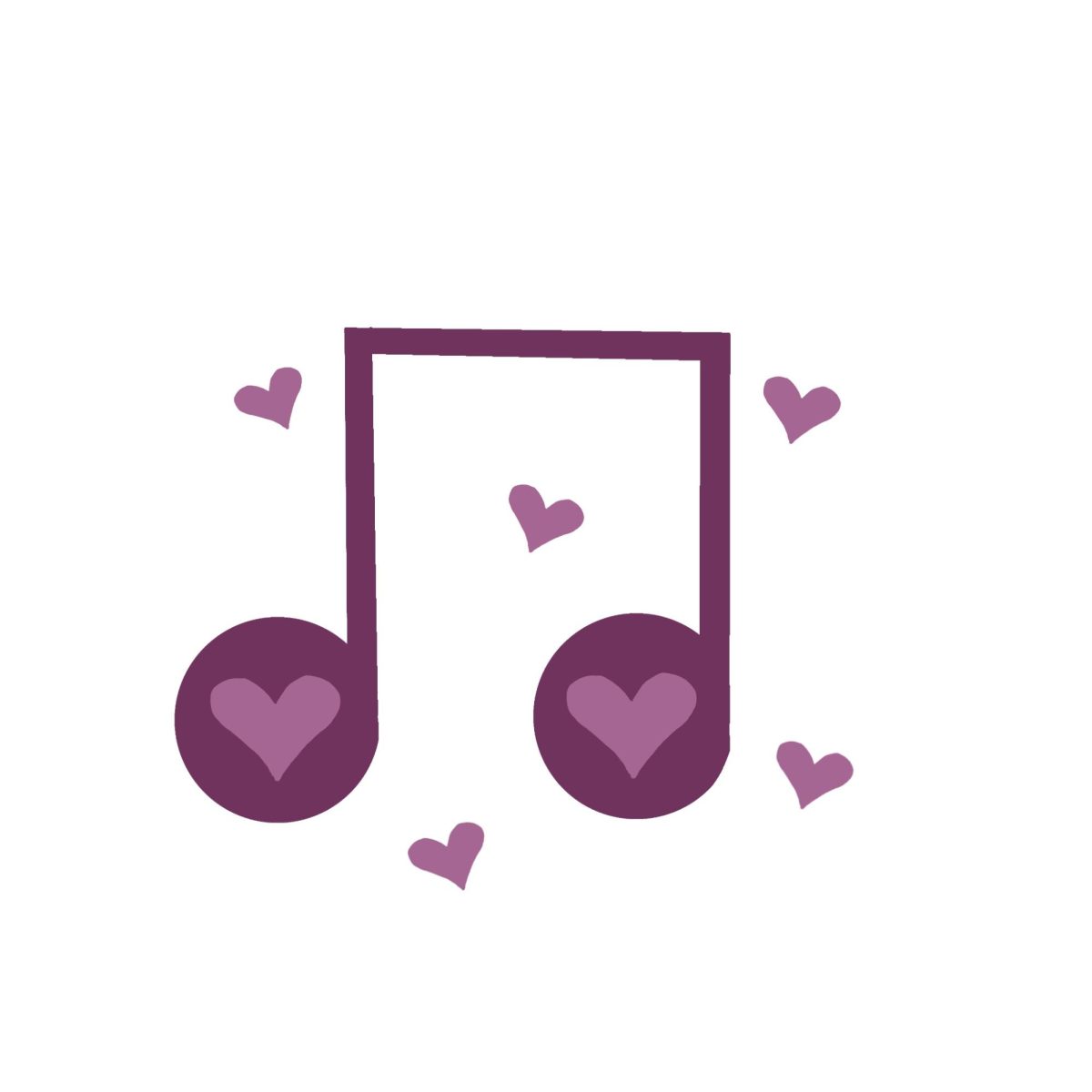It begins with a subtle pulse, a drummer playing faintly behind one’s eyelids. From then, every pulsation turns into the feeling of navigating through a foggy maze of misery, and the pain seems to be gathering like a brewing storm. At last, the storm reaches its pinnacle as it touches down, splitting the head into two as though it was just struck by lightning.
Otherwise known as a headache or migraine, teenagers these days are especially vulnerable to them due to workload and other external factors, this applies to all students. According to a mixed survey taken at Plainfield North High School, 27% of the students are seniors who report having suffered from headaches 5+ times a week; that is almost half of the total amount of seniors who responded.
There is a cascade of events that affect blood vessels and nerve cell activity, causing pain signals to be sent to the brain and, ultimately, a headache or migraine. Both attacks on the head are, to an extent, fairly similar to each other.
Tufts University Medical Center Community Care site states that migraines are caused by “a nerve that inflames the dura, spreading pain and changing local blood flow”. Likewise, headaches are the result of inflammation.
However, migraines come with additional symptoms that are more severe and prolonged.
“My vision starts to blur up and my ears make a ringing noise,” sophomore Elsa Bachu said. “Then, about 30 minutes later, my head starts to have an extreme inducing pain that lasts for at least 2 hours; it is like, a hundred needles being stabbed into my brain.”
Unlike migraines, headaches do not have as many symptoms and are less intense.
“When I am about to have a migraine attack, the best way to describe how it is a tense knot around my eye sockets,“ sophomore Talise Majors said. “On the other hand, all I feel is a pulsing pressure in my head.”
Many underlying factors trigger a headache. Registered Nurse Dennis Lumintac assigned at Loyola University Medical Center believes the main reason why some people are more prone to them than others is due to behavioral patterns, having to do with mental health.
“Being out of system with your body and making changes in your adapted routine truly makes a difference,” Lumintac said. “Lack of sleep and being under significant stress are the main causes that contribute to headaches.”
The ability to identify certain trigger points can further help the recipient to avoid their origins. For example, a common trigger for a headache that develops into a migraine is stress.
“Feelings that you want to ‘get out’ are an indicator that you are stressed out,” Lumintac said. “Being in an uneasy situation that you do not want to be in, or mourning over a tragedy can stimulate stress and trigger points.”
By taking precautions to healthily indulge in an environment or invest in a relationship, one can successfully avoid their trigger points. A person will feel better around places, hobbies or peers that only bring the best out of themselves; subsequently causing headaches and migraines to subside.
“Because of the stress that I was carrying, I had frequent headaches,” sophomore Mahnur Hafeez said. “But, I am happy with where I am today. All I did was surround myself with the people that I love and make me feel loved.”
Another way that one can reduce mild headaches is through medication, taking over-the-counter pain relievers is often a person’s first line of defense. If they are more severe or frequent, it is recommended a person seek help from a doctor.
“When I have a migraine, I first go and take some ibuprofen to try to ease the pain,” Majors said. “After that, I try to find a quiet dark room so that I can just try not to think.”
Other home remedies to help combat their headaches include essential oils, ice packs and relaxation.
“I take a break from any electronics, some Advil and leave an ice pack on my forehead before taking a nap,” sophomore Ifeoluwa Olanrewaju said. “Another weird ritual that I perform is letting my feet settle in my bathtub filled with lukewarm water for 15-30 minutes.”






